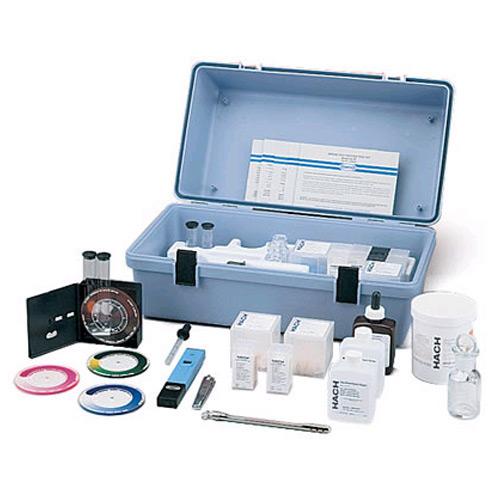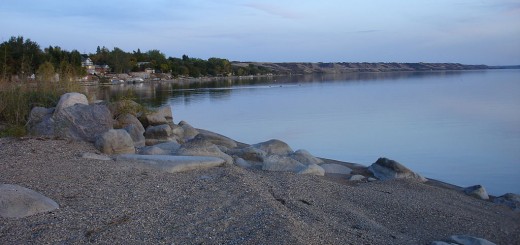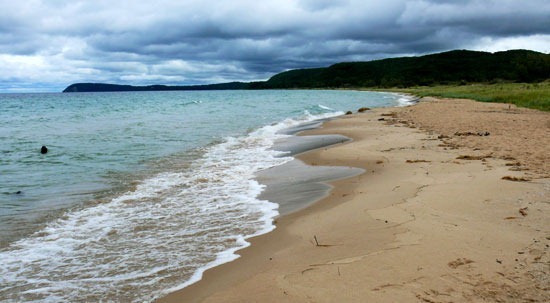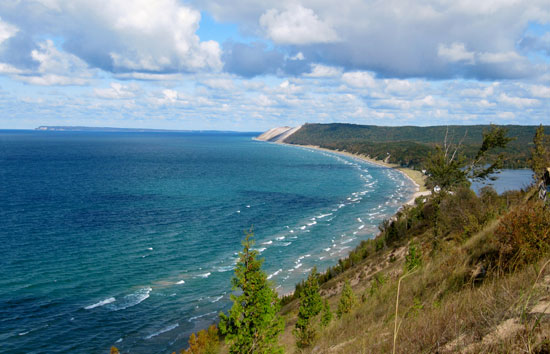Forgotten Water Samples Reveal 50-Year History of Soap Lake
3The history of water quality in Washington’s Soap Lake was locked away in the basement of a nursing home.
Officials say there are 420 water samples in all, kept in bottles marked with dates and the approximate depths at which they were collected. A professor at the University of Washington sampled the lake dating back to 1952. Some of his fellow researchers knew, but he didn’t tell anyone living around the lake what he was doing.

The south shore of Soap Lake. (Credit: Steven Pavlov via Wikimedia Commons)
So experts in the city of Soap Lake, Wash. who care about the lake never checked the samples. With the discovery, scientists at Central Washington University (CWU) will begin chemical analysis techniques to construct a timeline of water quality changes in the lake spanning some 50 years. They’ve moved the samples to their lab.
Results of their findings will be useful in judging changes that Soap Lake has undergone:
“We’re particularly interested in seeing how that bottom layer (of water) has changed since the pre-Grand Coulee Dam days,” said Leo Bodensteiner, professor of environmental sciences at Western Washington University. He is assisting scientists at CWU for the study.
After the Grand Coulee Dam was built, Soap Lake became a closed system and irrigation water began affecting its water quality. But the full extent of the effects are not known. The findings could also add insights given Soap Lake’s uncommon system.

Soap Lake gets its name from the foamy waters that wash up on its beaches. (Credit: Teri J. Pieper via Creative Commons)
Its waters are rich in minerals – Soap Lake was at one time called the world’s greatest mineral sea. In all, there are 23 different minerals in its water. But its namesake tells what is most visible about its water. The name comes from its slick feel to swimmers and the naturally occurring foam that washes up on its shores.
As for the water samples turning up in a nursing home – The Soap Lake Conservancy was offered the samples in 2000:
“We thought it was going to be a couple of bottles, but it turned out to be a pickup load,” said John Glassco, president of the conservancy. Since the water had to be stored in a cool, dark place, an administrator at the city of Soap Lake’s hospital offered a basement room. The Soap Lake Conservancy agreed. The hospital is now a nursing home.
Glassco hopes that the professor who collected the samples – W. Thomas Edmondson – will one day be remembered as the man who helped save Soap Lake.














[…] 2014, several bottles containing samples of the lake dating back to 1952 were found in a local’s basement. Scientist tested the […]
[…] 2014, several bottles containing samples of the lake dating back to 1952 were found in a local’s basement. Scientist tested the samples […]
Any updates?